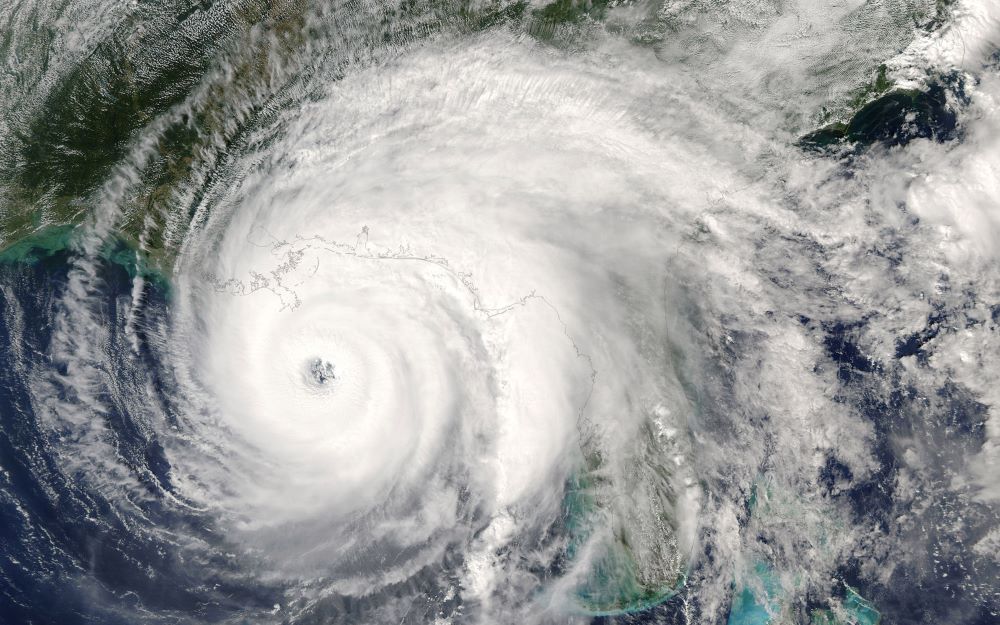National Oceanic and Atmospheric Administration (NOAA) forecasters predict near-normal hurricane activity in the Atlantic this year. NOAA announced on Thursday that from June 1 to November 30, 2023, there is a 40% chance of a near-normal season, a 30% chance of an above-normal season, and a 30% chance of a below-normal season.
The agency also predicts that the Atlantic will experience 12 to 17 named storms with 39 mph winds or higher. Of those storms, five to nine could become hurricanes with winds of 74 mph or higher, including one to four category 3, 4, or 5 hurricanes with winds of 111 mph or higher.
[promo_content slug=”kloesel-csc-2023-promo”]
The 2023 Atlantic hurricane season is expected to be less active compared to recent years due to competing factors, such as:
- The potential for El Nino to develop this summer, which reduces Atlantic hurricane activity
- The potential for an above-normal west African monsoon, which could fuel more hurricane activity
- Warmer-than-normal sea surface temperatures in the tropical Atlantic Ocean and Caribbean Sea, which also fuel hurricanes.
NOAA said higher sea surface temperatures have produced more active Atlantic hurricane seasons since 1995. Additionally, officials noted that climate change could increase the amount of precipitation from storms and make storm winds slightly stronger.
“As we saw with Hurricane Ian, it only takes one hurricane to cause widespread devastation and upend lives,” said NOAA Administrator Rick Spinrad, Ph.D. “So regardless of the number of storms predicted this season, it is critical that everyone understand their risk and heed the warnings of state and local officials.”
Last September’s Hurricane Ian, which was a category 4 storm in southwest Florida, caused 150 deaths and more than $112 billion in damage.
NOAA announced that it has introduced a new hurricane forecast model and extended the tropical cyclone outlook graphic from five to seven days. This increase will provide emergency management and communities more time to prepare for storms.
The agency also announced several other upgrades to its analysis and forecasting systems, which you can read about here.







